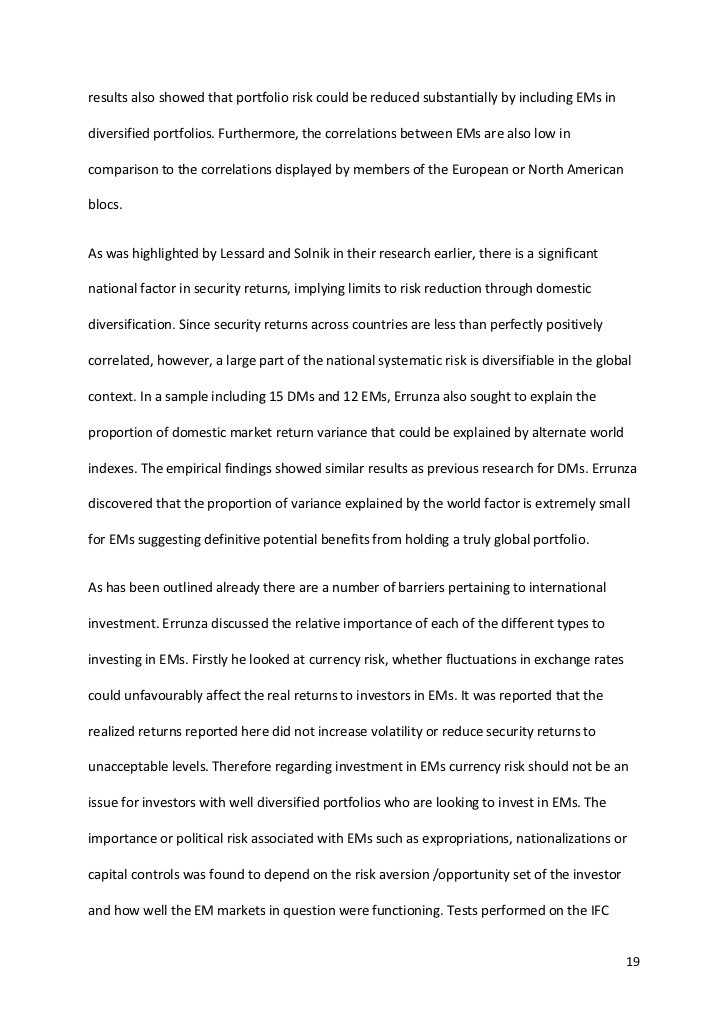How Investors Can Diversify When Markets Move Together
Post on: 11 Июль, 2015 No Comment

The market term is correlation, and it’s a dirty word for anyone looking to diversify their portfolios and get some protection to the wild, whipsaw days of the current market environment .
Only a few ideas are working, and even those options are offering limited benefits.
Stock picking will always matter, strategists at Bespoke Investment Group said in a research note. But in an environment of such uniform market returns, the ability to generate alpha has become increasingly difficult.
The quest for alpha — or beating index benchmarks — has been one of the great casualties of the correlated market, which is moving in unison at historic levels.
The 10 sectors on the Standard & Poor’s 500 have been moving together up or down 95 percent of the time, according to ConvergEx. US stocks are tied to the euro’s movement 81 percent of the time, while even the least correlated S&P sector — utilities — is still highly correlated.
Shelter from the storm has come from only a few asset classes, with gold and other metalsmost prominent among them.
Over the past 30 days, the correlation of gold to the stock market is actually negative-24 percent, while silver has just a 25 percent correlation.
Metals, then, remain an effective diversification tool, despite recent rumblings that gold in particular no longer is a good hedge against a turbulent market.
That is what precious metals are supposed to do in a diversified portfolio, writes Nicholas Colas, chief market strategist at ConvergEx. So recent talk about gold-based (exchange-traded funds) forcing the yellow metal into a tighter relationship with stocks is unsupported by the data.
But there’s more than just gold.
Investment-grade — top-quality — bonds also have proven effective, as they generate cash and have resisted the gyrations of the market to continue on a fairly linear path.
Using the iShares iBoxx Investment Grade Bond ETF as a proxy, Colas found that the fund has a negative-25 percent correlation to the S&P 500, meaning it is the only asset class aside from precious metals that meaningfully helps diversify financial portfolio risk at the moment.

Among S&P sectors, Colas found that utilities have a correlation of 85 percent.
If there is one central takeaway, it is that the certainty of cash flows from either utilities or high quality corporate bonds is currently the best way to buy diversification, Colas said. That makes sense in the current environment, rife with concerns over the future of the European banking system and U.S. economy. A coupon in the hand is worthy many more in the uncertain bushes.
Indeed, dividend-paying stocks also have been fairly popular lately not just for their diversification benefits but simply because they offer payouts even as the broader market is subject to extreme volatility within a trading range that has held up since early August.
The only thing that’s acting relatively uncorrelated is the dividend stocks, says Michael Cohn, chief market strategist at Global Arena Investment Management in New York. If you’re afraid of being left out of a rally, you have to be buying the stuff that’s yielding over 3.5 percent. Complete opposite correlation is coming from the Treasury funds, but I can’t really justify going out on the curve for a yield that’s under inflation.
As far as stock picking goes otherwise, there do remain some opportunities.
Bespoke found that there are 19 stocks that have outperformed and gained more than 20 percent since Oct. 4 — Dow Chemical and Citigroup among them — while the firm also has isolated 14 stocks that provide high relative strength going forward.
So if you still want to pick individual stocks, here’s the group that Bespoke recommends:














